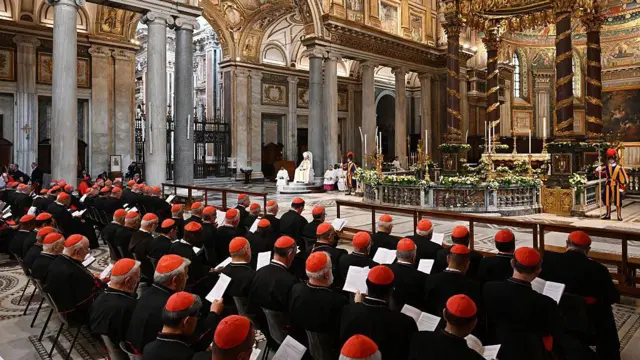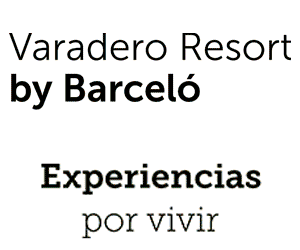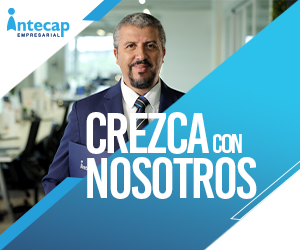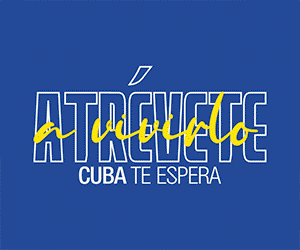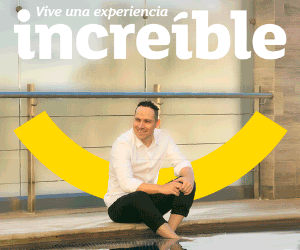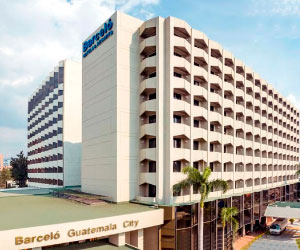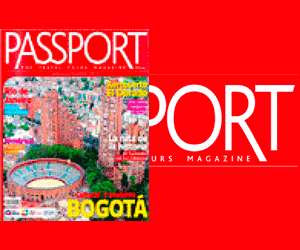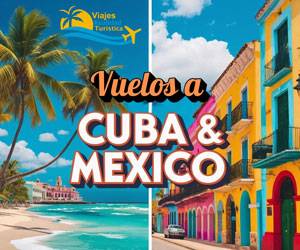Estimated reading time: 3 minutes
The process of picking the next pope starts in a few hours. I’m in Rome reporting about it. Today’s newsletter answers questions I keep hearing about how the Catholic Church selects Pope Francis’ successor.
How long does the conclave last?
As long as it takes! Church rules require two-thirds of the eligible cardinals to agree on a pick, which this time means the new pope needs to earn 89 votes. One conclave in the 13th century took nearly three years. Others took just one day. Pope Francis was elected on the second day and the fifth ballot. White smoke billows from the Sistine Chapel chimney when the cardinals reach a consensus.
What happens between votes?
Cardinals are sequestered. They can’t use cellphones, the internet, television or other pipelines to the outside world. Votes take a long time, as each cardinal walks to the front of the chapel to cast his ballot. Cardinal Timothy Dolan of New York told me he planned to bring a book — on Michelangelo — and read while he waits. In their downtime outside the Sistine Chapel, cardinals might talk with one another, pray or read. If they have not reached a consensus after four days, the cardinals get a day off, but remain sequestered.
What do the prelates eat?
They stay in isolation at Casa Santa Marta, the Vatican guesthouse where Pope Francis lived, so they eat whatever the cafeteria prepares. The Vatican kitchen staff and other employees swear oaths of secrecy.
What kind of pope do they want?
Different factions and individuals all have different priorities. Some want a pope who will prioritize tradition and interpret church teaching strictly, more in the style of John Paul II or Benedict XVI. Others may want another leader like Pope Francis. Georgia Bernhard, a reader from New York, asked The Morning if the church would pick “a similarly progressive, humanitarian pope.” That is one of the biggest questions of the conclave. The College of Cardinals is more diverse than ever. At the same time, popes all have their own characteristics and priorities. We will have a hint of what kind of papacy the next one might be when the new pope appears on the balcony.
Is there a front-runner?
Not really. The election of Pope Francis in the last conclave surprised even the most astute Vatican watchers. Still, several contenders have emerged as top possibilities. There’s Cardinal Pietro Parolin, 70, a longtime diplomat and the Vatican’s secretary of state. Pierbattista Pizzaballa, 60, an Italian, is the Latin patriarch of Jerusalem. Luis Antonio Tagle, 67, from the Philippines, has been called the “Asian Francis.” Cardinal Peter Erdo of Hungary, 72, is an expert on canon law and a favorite of conservatives. (We give more background about some of the rumored contenders here.)
Did Pope Francis change Catholic politics?
Pope Francis tried to diversify and streamline the bureaucracy at the Vatican. Now, it’s not clear how secure some of those reforms are — or what his successor might try to change. Francis also elevated cardinals from regions of the world that weren’t represented before. But just because Pope Francis picked them doesn’t mean they share all of his views.
How do you get to be a cardinal?
The pope chooses! A cardinal is the highest clerical rank, and bishops and archbishops get the cardinal title at the pope’s discretion, based on a range of factors that might include pastoral leadership and political prowess. Other church leaders might advise the pope on good candidates, but it’s his call. Only men are eligible, according to church law.
Why can’t cardinals over age 80 vote?
Pope Paul VI established this rule in 1970, partly to make it easier for non-Italians to succeed him. The policy also compels cardinals to offer their retirement at age 75; the pope can keep them in service or accept their resignations. This time, 117 cardinals are not eligible to be electors. Some are in Rome. Others are too old to travel. None are allowed to be in the Sistine Chapel for the votes. (The New York Times)





